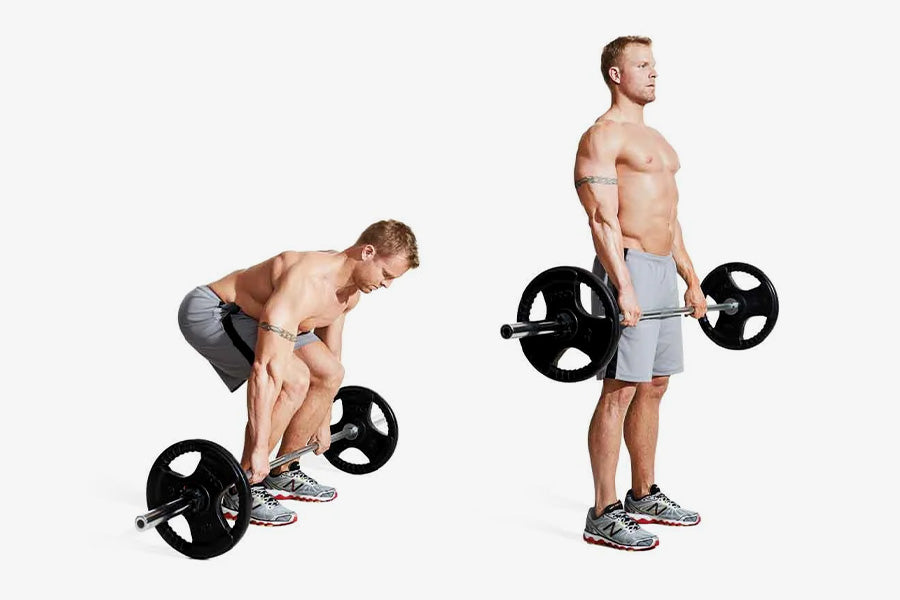|
Exercise Description |
|
|
Main Target Muscles |
Hamstrings |
|
Secondary Target Muscles |
Abs, Forearms, Glutes, Lats, Lower Back, Traps, Upper Back |
|
Workout Type |
Strength |
|
Gym Gear |
Barbell |
|
Fitness Level |
Beginner |
|
Compound/Isolated |
Compound |
|
Power Move |
Hinge |
Target Muscle: Glutes

Romanian Deadlift Overview
The Romanian deadlift is just as powerful of an exercise as the name sounds. It is a variation of the conventional deadlift which primarily targets the glutes and hamstrings.
The exercise ensures to increase the movement of all the muscles involved in this movement. It enhances movement patterns, minimizes the risk of injury, and improves strength and coordination. This is a highly beneficial exercise regardless of the training purpose.
In order to increase your training frequency, try performing the Romanian deadlift on the leg day and another variation of deadlift on your pull days. Since the hip hinge is a critical movement, find a variation that aligns with your comfort level.
How to Do It
- Stand at a hip-width distance and hold the bar over your shoelaces.
- Place a double overhand grip, slightly wider than your hip-width, and deadlift the bar to the position such that your hips and knees are locked out.
- Begin the Romanian deadlift by pushing the hips back and extending forward so that the bar is rightly below knee length.
- Make sure to drive through the whole leg through the movement.
- Return and repeat for the desired number of reps.
Romanian Deadlift Tips
- The range of motion throughout the exercise is completely dependent upon the mobility and ability of the individual to the spine neutral.
- If you are picking up an excessively heavy weight, try to do it with the help of hook grips as you might encounter a slipping grip issue.
- Make sure to keep your neck neutral. Experiment with the neck positions to choose the best option.
- Make sure the bar doesn’t drift away from the body, It should stay as close to your legs as possible.
- Do not keep a false grip on the bar and hold it as tight as possible.
- Shift your weight to your heels and not to the ball of your feet. It should ideally remain equally distributed throughout your foot.
- Keep your elbows locked out. Make sure your elbow doesn’t break the neutral position as it can pose risk to your bicep.









